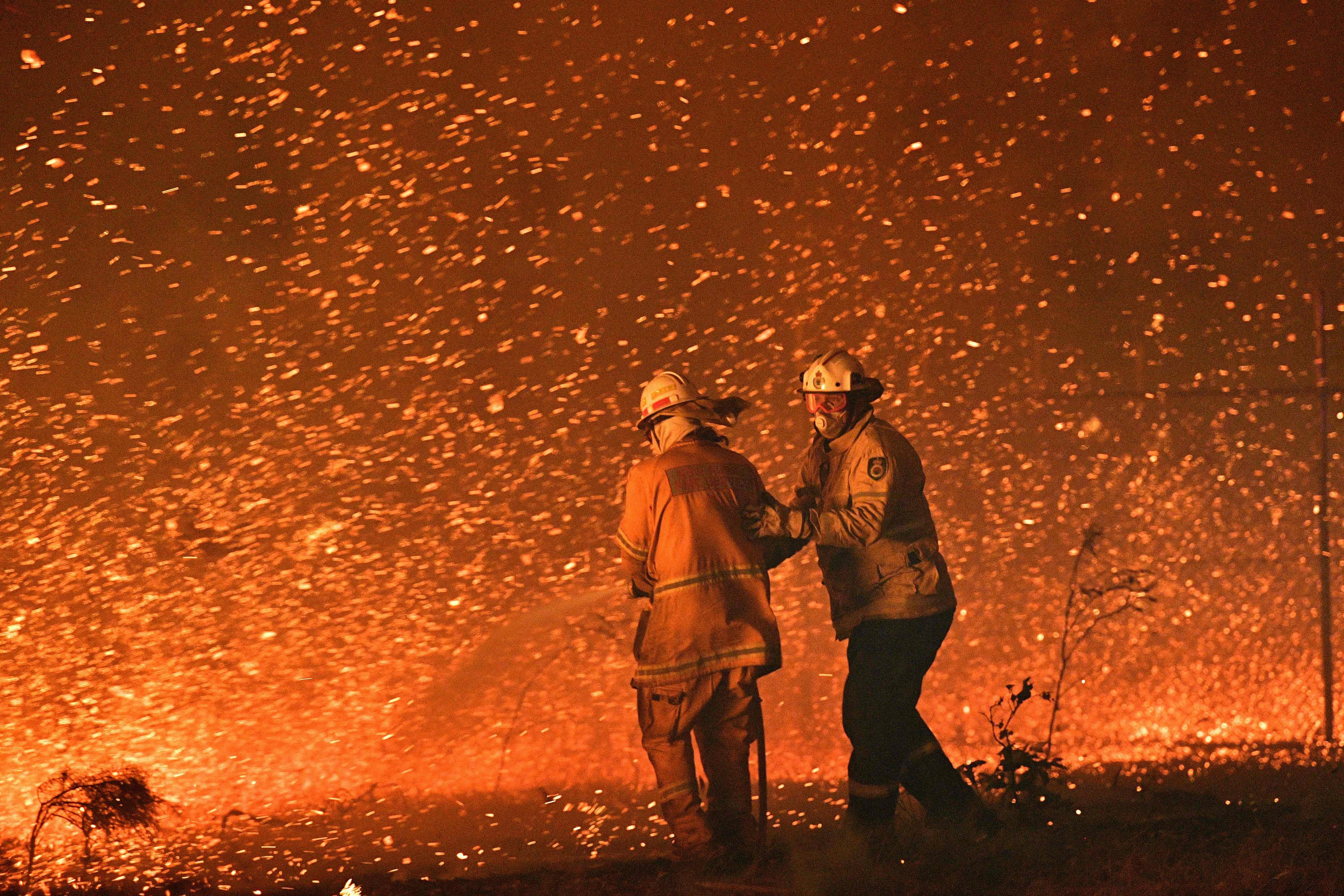Demystifying BAL Reports: An Overview to Recognizing Your Building's Bushfire Risk
Demystifying BAL Reports: An Overview to Recognizing Your Building's Bushfire Risk
Blog Article
Ensuring Shrub Fire Defense With Appropriate BAL Record Analysis
In the world of bush fire defense, the thorough evaluation of Bushfire Strike Level (BAL) reports stands as a cornerstone for safeguarding buildings versus the destructive impact of wildfires. With environmental variables and residential property qualities playing considerable roles in determining the level of risk, an extensive understanding of BAL rankings comes to be necessary. However, the actual significance exists not simply in understanding these records yet in analyzing them effectively to formulate customized fire defense strategies. By diving right into the relevance of BAL report evaluation, we uncover a realm where educated choices lead the path in the direction of reinforcing home security and durability in fire-prone areas.
Comprehending Bushfire Attack Level (BAL)
In the world of bushfire security, understanding the Bushfire Strike Degree (BAL) is paramount for ensuring reliable mitigation techniques. BAL is a system used to measure the potential threat a building might deal with from a bushfire. It considers factors such as the kind of plants, the slope of the land, the Fire Risk Index, and the Fire Severity Index. Understanding the BAL ranking of a home is critical for residential or commercial property proprietors, building contractors, and policymakers to execute proper measures to protect against bushfire dangers.

Value of BAL Record Analysis
A vital element in bushfire security planning entails the comprehensive evaluation of BAL records to evaluate the prospective threats and establish suitable reduction approaches. BAL reports supply crucial details about the potential influence of bushfires on a property based upon different aspects such as vegetation kind, distance to prospective fire hazards, and incline of the land. Analyzing these records with precision is extremely important in developing reliable bushfire protection actions customized to the certain threat profile of a residential or commercial property.
Applying Fire Defense Measures
Implementing reliable fire defense steps is critical for guarding residential or commercial properties in bushfire-prone locations. One of the key methods to enhance fire security is by creating defensible room around structures. This includes cleaning combustible greenery, such as dry fallen leaves and branches, within a certain distance of the residential or commercial property. Furthermore, mounting fireproof roof materials can aid minimize the danger of ashes firing up the roof during a bushfire. Appropriately preserved displays and gutters are additionally crucial to protect against particles accumulation that can sustain a fire.
Additionally, having a well-kept and ample water supply, such as a storage tank or swimming pool, can help firemans in their efforts click now to protect the home. BAL Report. Overall, carrying out a combination of these fire protection measures can considerably enhance the possibilities of guarding buildings throughout bushfire events.
Mitigating Dangers in Fire-Prone Locations
To strengthen homes versus bushfire dangers, a critical emphasis on mitigating threats in fire-prone areas is essential. One crucial aspect of threat mitigation is preserving defensible area around properties by clearing flammable greenery, guaranteeing appropriate spacing between structures and trees, and employing fire-resistant landscape design techniques.
Furthermore, building or retrofitting buildings with fire-resistant materials and making certain correct upkeep of roofings, rain gutters, and external cladding can considerably improve the building's why not find out more strength to bushfires. Creating and practicing a bushfire emergency situation plan with all occupants, consisting of emptying procedures and interaction approaches, is likewise vital in mitigating risks effectively. By taking on an aggressive method to risk reduction in fire-prone locations, home owners can much better secure their assets and boost general bushfire preparedness.
Ensuring Building Safety And Security and Durability
Making sure the safety and durability of residential properties in fire-prone areas calls for a steadfast dedication to robust precautionary measures and calculated planning. Home safety and security begins with carrying out reliable steps to lower fire hazards.
Durability, on the various other hand, involves the capability of a building to withstand and recuperate from a bushfire. By proactively resolving these facets, residential property proprietors can much better protect their properties and loved ones from the threat of bushfires.
Conclusion
In final thought, making certain bushfire protection with proper BAL report analysis is important for recognizing the level of threat positioned by bushfires and executing essential fire protection measures. By alleviating threats in fire-prone locations and making sure residential property safety and security and resilience, individuals and areas can much better get ready for and respond to bushfire events. It is essential to focus on fire security steps to shield lives and residential or commercial property in these risky environments.
In the world of bush fire defense, the precise analysis of Bushfire Assault Degree (BAL) reports stands as a keystone for safeguarding residential or commercial properties versus the destructive effect of wildfires (BAL Report). Comprehending the BAL rating of a residential property is critical for residential or commercial property see this policymakers, owners, and home builders to execute ideal measures to safeguard versus bushfire hazards

BAL reports provide important information about the potential effect of bushfires on a home based on numerous variables such as plant life type, distance to potential fire risks, and incline of the land (BAL Report). In general, applying a combination of these fire protection measures can significantly increase the possibilities of protecting homes throughout bushfire occasions
Report this page